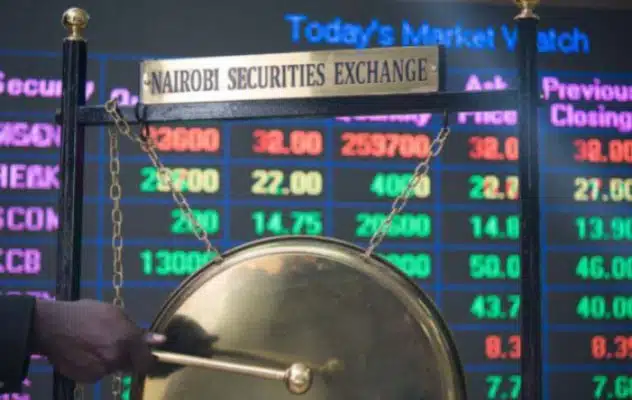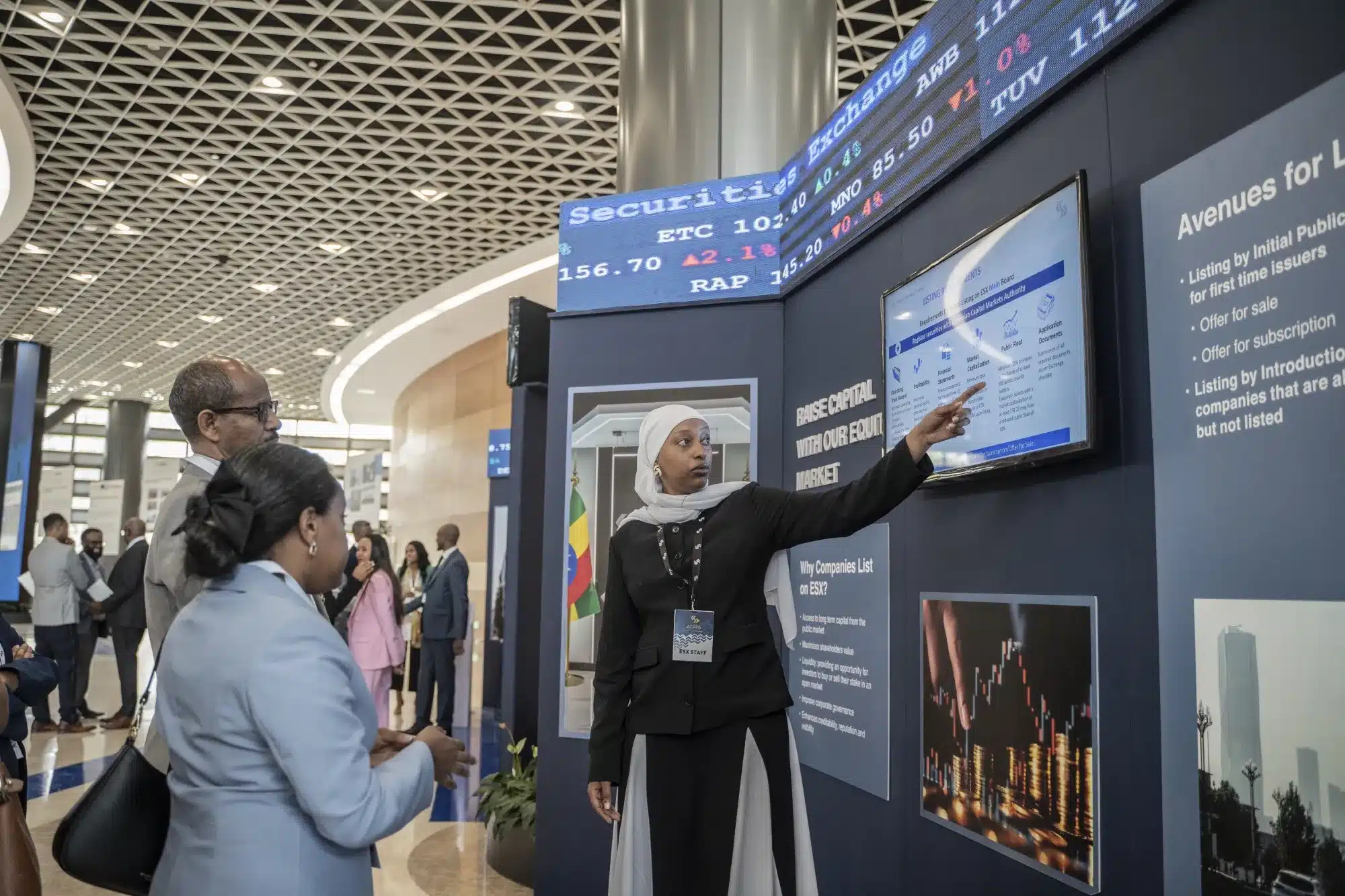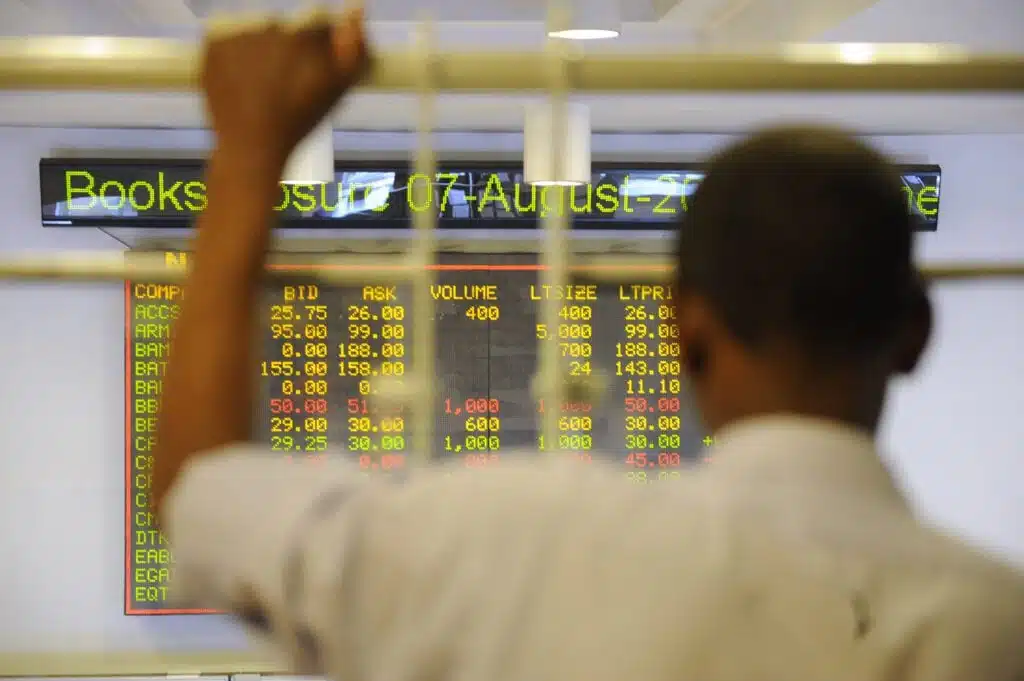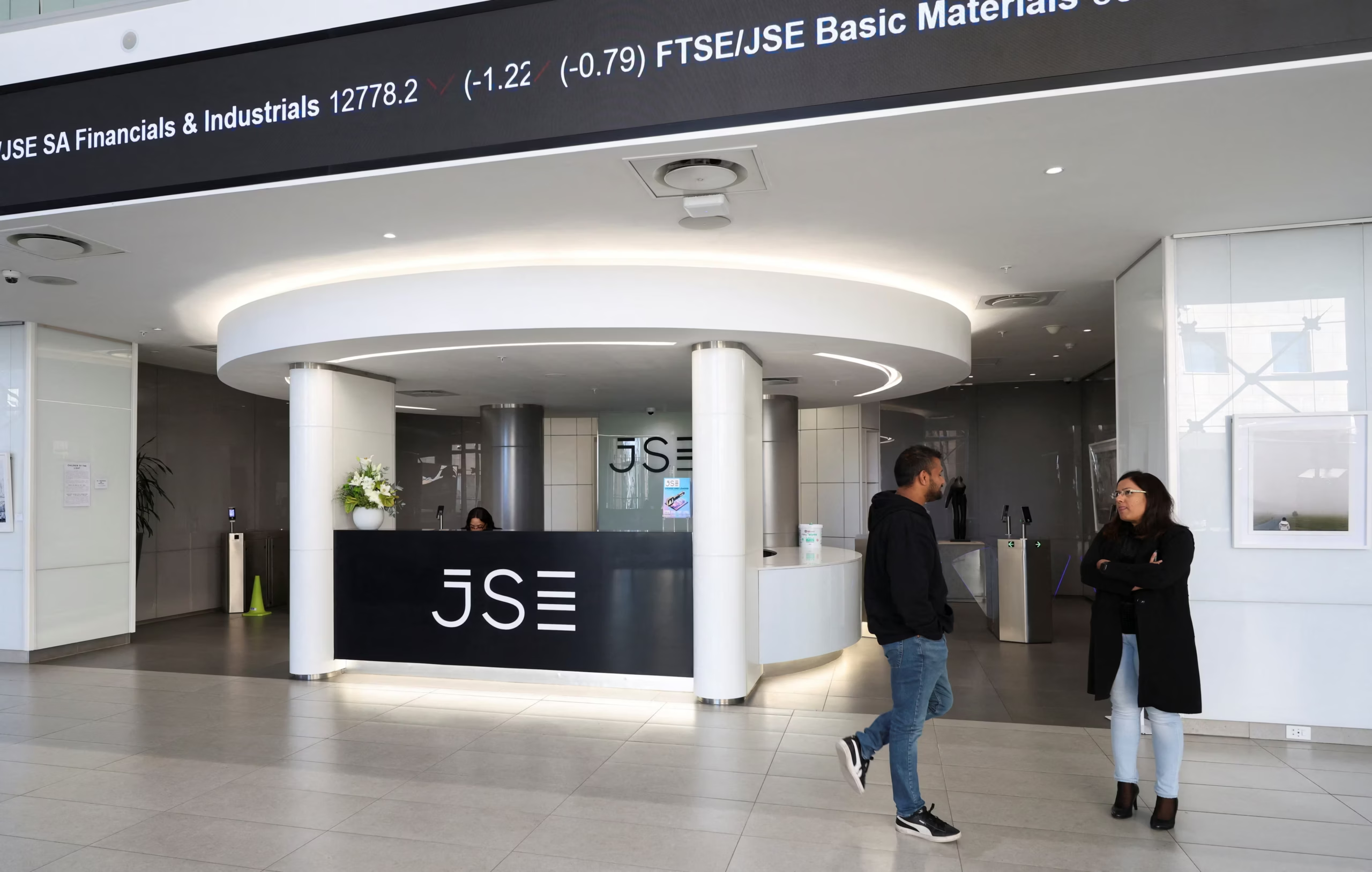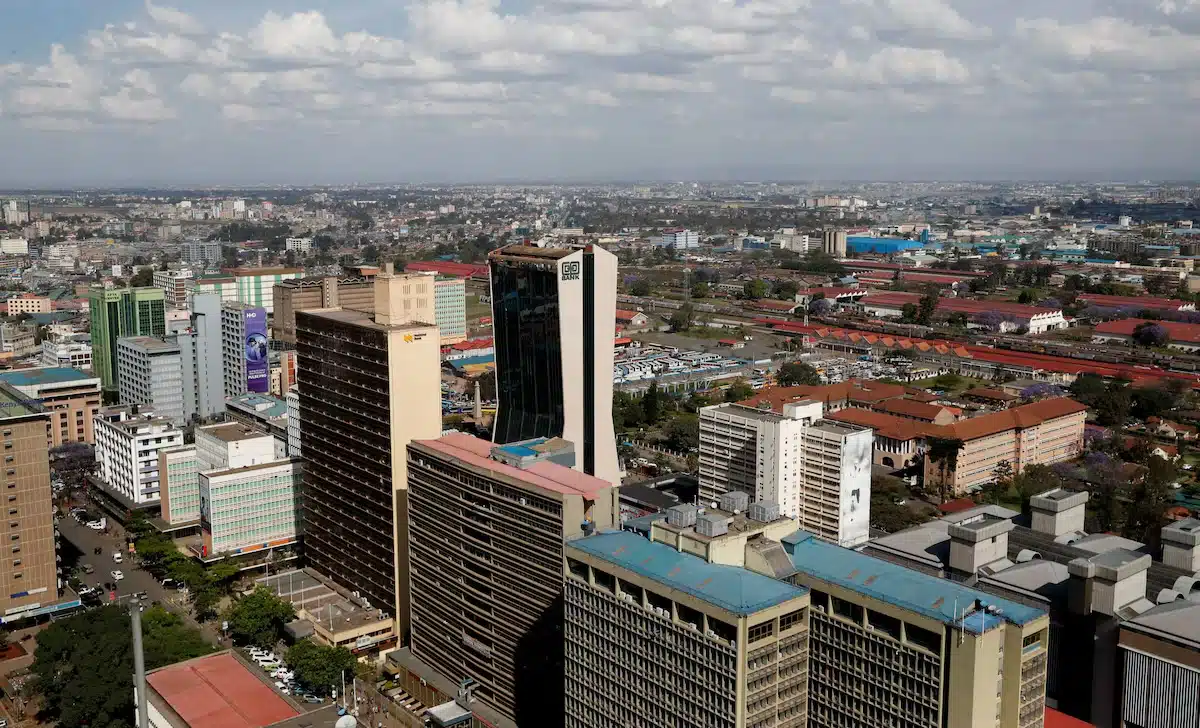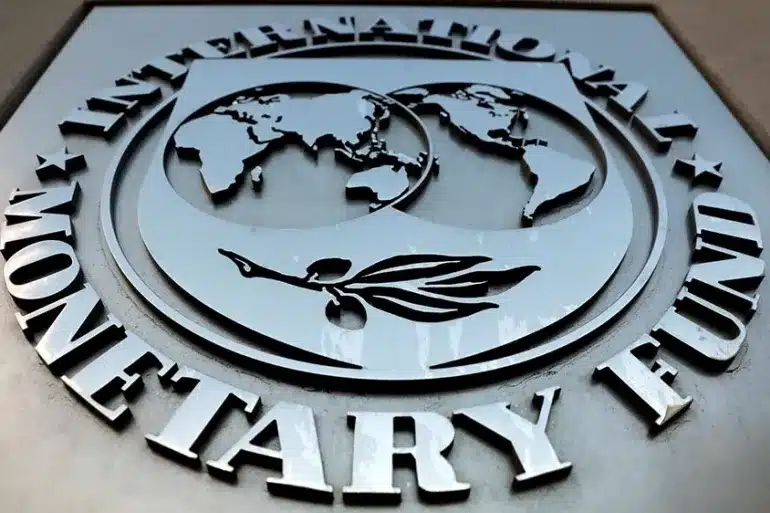Foreign equity investor activity on the Nairobi Securities Exchange (NSE) has slumped to the lowest level in 15 years, signalling a material shift in market dynamics in Kenya.
Finance in Africa analysis of the data from Kenya’s Capital Markets Authority (CMA) shows that foreign participation in total equity turnover fell to 28.01% in September 2025 from 31.28% in August.
The last time foreign participation was this low was in August 2010, when it stood at 21.8%.
Over the full third quarter of 2025, foreign investor participation averaged 30.12%, a 17 percentage decline from 46.68% in Q2. Foreign investors purchased KSh 11.76 billion ($91 million) and sold KSh 15.06 billion ($117 million), resulting in an estimated net outflow of KSh 3.84 billion ($30 million).
“The drop was most likely a mix of profit-taking and portfolio rebalancing after a large rally,” the CMA report said.
The regulator also warned that “ongoing foreign outflows pose a sustained risk to market stability, emphasising the importance of implementing targeted measures to enhance liquidity and stimulate investor activity at the NSE.”
The CMA highlighted several recent reforms aimed at boosting local participation and mitigating foreign investor withdrawals, including the introduction of “single-share trading”—which allows investors to buy as little as one share—and wider efforts to broaden market access.
According to the Fintech Association of Kenya, a combination of global risk events and national political uncertainty prompted many foreign investors to reduce exposure, while local investors increasingly acted as buyers of last resort.
Local investors stepping up
Despite the sharp drop in foreign inflows, Kenya’s capital market posted its strongest quarter in four years. Investor paper wealth rose by KSh 360 billion ($2.80 billion) in Q3, lifting overall market capitalisation to KSh 2.78 trillion ($21.5 billion), up by 14.7% in Q2.
Equities drove the recovery: the NSE 20 Index surged 21.8% to 2,972.64 points, while the NASI Index climbed 35% to 176.7 points — marking two consecutive quarters of double-digit gains across all major indices (NSE 10, NSE 25, NASI).
The CMA attributes part of the local surge to increased retail participation: “the ability to buy as little as one share … has helped stimulate activity even as foreigners sold.”
Bond market anchors the system
The fixed-income market also provided a stabilising effect. Secondary market turnover reached KSh 2 trillion ($15.5 billion) by September — surpassing full-year 2024 levels by over 30%.
Primary Treasury bond issuance hit KSh 250 billion ($1.94 billion) in September alone, bringing the year-to-date total to KSh 713.15 billion ($5.52 billion) on nearly triple oversubscription.
Corporate bond turnover rebounded strongly: from KSh 1.2 million ($9,300) to KSh 105 million ($812,000).
These trends suggest investors are reallocating toward debt instruments, which offers more predictable yields compared with volatile equity flows.
Looking ahead, the CMA has set a target of reaching one million retail investors by 2029, relying on regulatory reforms and technology to deepen market participation.
Still, risks remain. While local investor enthusiasm is growing, the continued withdrawal of foreign funds could increase volatility and weaken liquidity, especially if global risk sentiment deteriorates.
Kenya also faces competition from regional exchanges such as Nigeria’s and Egypt’s, which may draw institutional capital away.
Nevertheless, the shift toward greater domestic investor participation signals a potentially important structural change in Kenya’s capital markets—one that could reduce reliance on foreign capital and build a more resilient, locally anchored market.
Note: All Kenyan shillings (KSh) figures have been converted to US dollars using an average exchange rate of approximately KSh 129.3 to $1 for Q3 2025.

